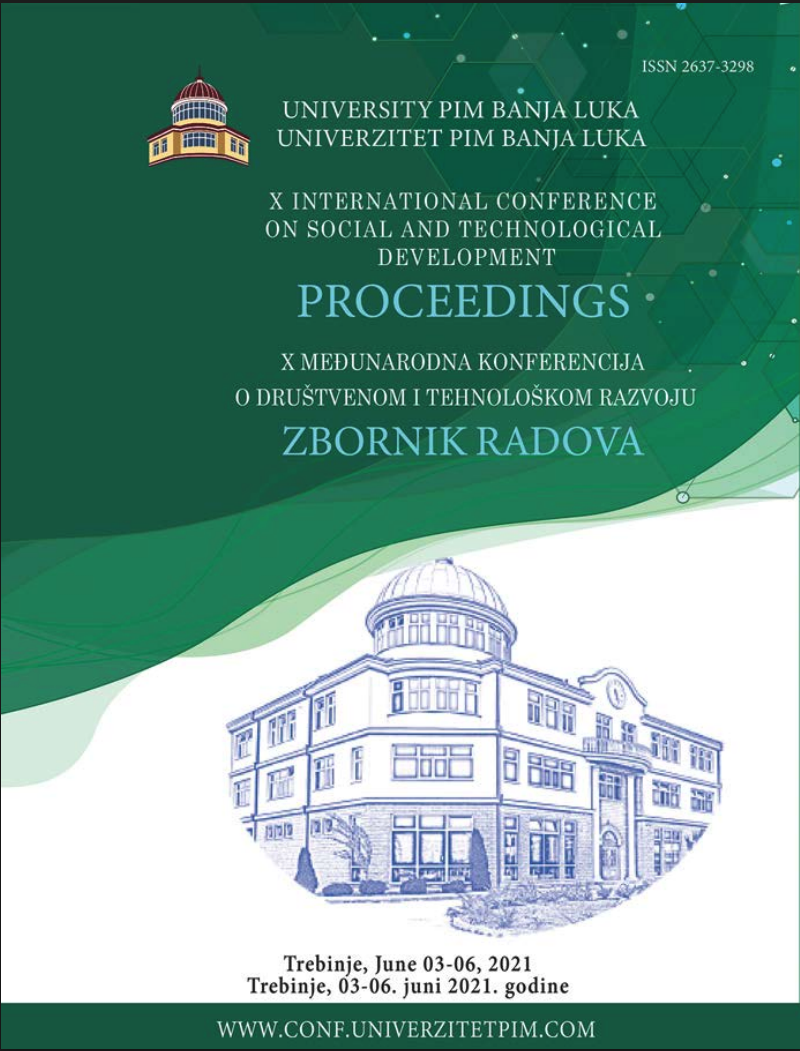
This is an open access article distributed under the Creative Commons Attribution License which permits unrestricted use, distribution, and reproduction in any medium, provided the original work is properly cited.
University of Educons , Sremska Kamenica , Serbia
Faculty of Economics, University of Priština - Kosovska Mitrovica , Mitrovica , Kosovo
Faculty of Economics, University of Nis , Niš , Serbia
The ability of the national economy to create and valorize knowledge into innovation signifies its innovation capacity. Based on its own methodology, the aim of the paper is to: a) calculate the index of the Innovation capacity index of the European Union and the Western Balkans as an average of the value of the Research capacity index, Technology and innovation efficiency index, and Knowledge technology absorption and diffusion index based on the data of the World Bank in 2020 and b) establish the quality of the relationship between the value of the index of national innovation capacity and the size of gross domestic product per capita expressed in international dollars calculated by the purchasing power of the analyzed countries. The results of the research confirmed the marked lag of the Western Balkan countries in all components of the calculated index of national innovation capacity. Among the countries of the Western Balkans in 2020, only Serbia had a relatively significant index of national innovation capacity (34.8) in relation to the level of gross domestic product per capita ($ 16.207 expressed in purchasing power), observed not only in relation to other countries of the Western Balkans, but also in comparison with a number of EU countries (Greece - 29.1; Lithuania - 29.7; Croatia - 32.9; Romania - 33.4). This fact shows that Serbia can potentially be significantly involved in the global race for the development and application of innovations in the economy and society in the near future, and to dynamize economic development on that basis. The survey results also confirmed a strong link between the Innovation capacity index and the level of gross domestic product per capita.
The statements, opinions and data contained in the journal are solely those of the individual authors and contributors and not of the publisher and the editor(s). We stay neutral with regard to jurisdictional claims in published maps and institutional affiliations.